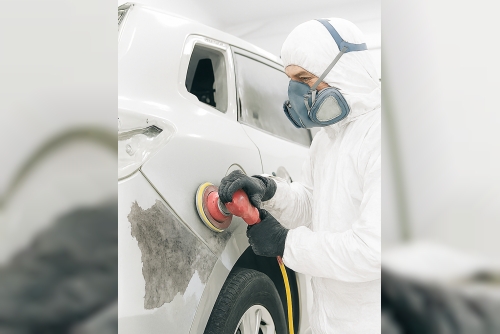If your dentist finds that you are suffering from periodontal diseases while routine. You will look for a dentist because no one wants to ruin their smile, but the dentist may recommend you various range of treatment options may vary from case to case or the severity. For instance, laser periodontal therapy is a less invasive option as compared to traditional surgery.
You're probably familiar with the idea of lasers for treating dental and general diseases easily. But here are some questions that may revolve around your mind, how laser therapy works, and its benefits.
What is Periodontal Disease?Periodontal is an infectious gum disease of the supporting tissues and bone that hold your teeth. It's an advanced stage of dental infection. Suppose your dentist discovers early Signs And Symptoms Of Gingivitis. In that case, they will help you to revere the process with good oral practices such as brushing and flossing your teeth at least twice a day. Also, to know Early Signs Of Gingivitis or periodontal, you should visit your dentist for a routine checkup atleast two times a year. However, periodontal diseases require more professional intervention. Here are some causes of periodontal disease:
Poor oral hygiene Smoking Chronic illnesses, such as diabetes Certain medications Genetic susceptibilityYour dentist will recommend you standard treatment of periodontal diseases such as scaling and root planning. This non-surgical procedure involves removing tartar, plaque, and harmful bacteria from the tooth and below the gum line and its roots. Moreover, it also promotes the regeneration of gum tissues and bone.
How Laser Therapy WorksLaser therapy is not a standalone treatment but works with traditional therapies. In periodontal laser therapy, your dentist uses a laser or a narrow, highly luminous beam of light to remove the inflamed gums and tissues around your teeth roots.
They remove the tartar and plaque build-up below and above the surface of the gumline. Next, they use a tool to smoothen any rough spots on your tooth gumline because removing them will increase the chances of future infections and attract more bacteria.
After this laser procedure, your dentist will recommend you some time for easy healing and regeneration of tissues again. During the healing procedure, you need to make sure your gums should be infection-free and get their strength back. You should visit Advanced Laser Dentistry for proper diagnosis and treatment if you suffer from bad mouth breath or any dental condition.
Risks and BenefitsLaser therapy has many benefits; your dentist uses it to clear out bacteria and diseases. Here are some of the advantages, including:
Recovery and healing times are shorter compared to the traditional method. You won't need an anesthetic, as it is required for other forms of dental surgery. Lasers therapy doesn't damage other tissue because it is precise and pinpoints. There's less swelling, pain, and bleeding after the surgery compared to the traditional one. laser dental surgery is a significantly less invasive procedure.Not all dental professionals use laser therapy to treat their patients because it requires extensive training, which ensures the proper safety and cleaning of bacteria. You can learn more about this laser therapy visit your Memorial City Dentist.
Article Source : https://www.articleentry.com/how-laser-periodontal-therapy-treats-gum-disease/












